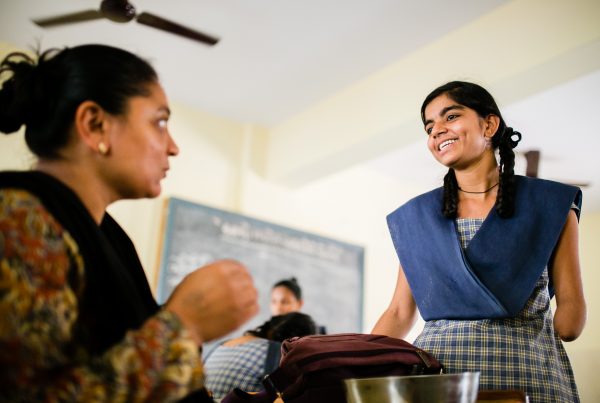The importance and effect of Sanitation
2.5 billion people in the world do not have access to basic sanitation. That is 35% of the world’s population. Recently a colleague at work joined those 2.5 billion people and went through an experience that really opened my eyes to how we take basic things for granted. She had a situation where the toilet in her home was not functioning and as a result was concerned and worried about how she would cope with this. She tried to stay at work for as long as she could and tried to find innovative solutions that would allow her to maintain her dignity. This situation along with a recent Ted Talk by the journalist Rose George, “Let’s talk about crap – seriously”, have inspired me to write this blog. We think of a toilet and basic sanitation as a basic right, but what we don’t realise is that it is a privilege that we are lucky to have.
The fact that so many people do not have access to functioning toilets and sewers is a major problem. 50 diseases like to travel in human faeces. We tend to find it amusing when we suffer from Delhi Belly or diarrhoea, or at least it is funny with hindsight. It is, however, a shocking statistic that diarrhoea kills 4000 children daily. It is the second biggest killer of children worldwide, and kills more children than HIV/AIDs, TB and measles put together, yet the solution is simple – basic sanitation and education. Having a flushing toilet prevents far more diseases than installing clean water supplies, yet the focus never seems to be on this basic need. What is the point of having clean water if you are drinking it with dirty hands?
Another shocking fact is that in India, 25% of girls will drop out of school as they reach puberty because they have no access to a toilet at school. Imagine what progress could be made in education if, simply by providing basic sanitation, you could increase school attendance by 25%?
When in Gujarat, I was volunteering at some of the schools that CARE has built and I experienced many situations that have remained with me over the years. One such experience has been imprinted in my mind. I was staying on a farm near the Savarkundla School and in the morning I decided to go for a walk. On my walk I came across a lady from the farm next door who was also enjoying the sunrise, however she was squatting in the field relieving herself. When I discussed this with the couple who ran the school, who had kindly taken me in, they explained that it is not unusual to see people in villages and slums in India defecating in the street and in public. In fact, when given the option, there are many who would favour cable TV to a toilet. This is because of the lack of awareness to just how important a toilet that flushes is.
Thankfully there is hope for the future and Rose George reminds us we need to appeal to the emotions of the individual in order to change their habits. Health promotion experts in India have been looking at novel ways to educate and raise awareness. One such technique has been to place a plate of food and a plate of faeces on display in an Indian village, in order to demonstrate how many flies will travel between one and the other. This shocked the audience, and brought home the importance of sewer systems that remove waste and prevent such cross-contamination.
At the Savarkundla School, they believe that this education should start as early as possible. The curriculum has been tailored for the children and it includes lessons on hygiene, teaching the children basic lessons such as why washing their hands is important. The school might be in the middle of a slum; however it proudly features the best toilets in the area. Not only this, but the children are taught how to look after the facility and keep it clean. I remember spending one day away from the school and visiting other schools in the area, and I was on involuntary bathroom strike until I had the opportunity to visit the school at the end of the day to relieve myself. It was one of my only hopes of gaining access to a clean, functioning toilet.
Furthermore, The UN has provided a safe water drinking facility so that during the monsoon, safe drinking water is collected and stored to be used for the whole year. This is evidence of real progress.
One such country where people were wiping with sticks and using pit latrines 70 years ago is Japan. Now when a friend visits Japan, the technological advancement of their toilets is a topic of conversation. It’s inspiring to all that one country can come so far and its time the world followed!
Thank you to my work colleague (who shall remain anonymous) and to the Ted Talk “Let’s talk crap” by Journalist Rose George for providing inspiration. To find out more about the work at the Savarkundla school, please visit http://www.nividya.org/






